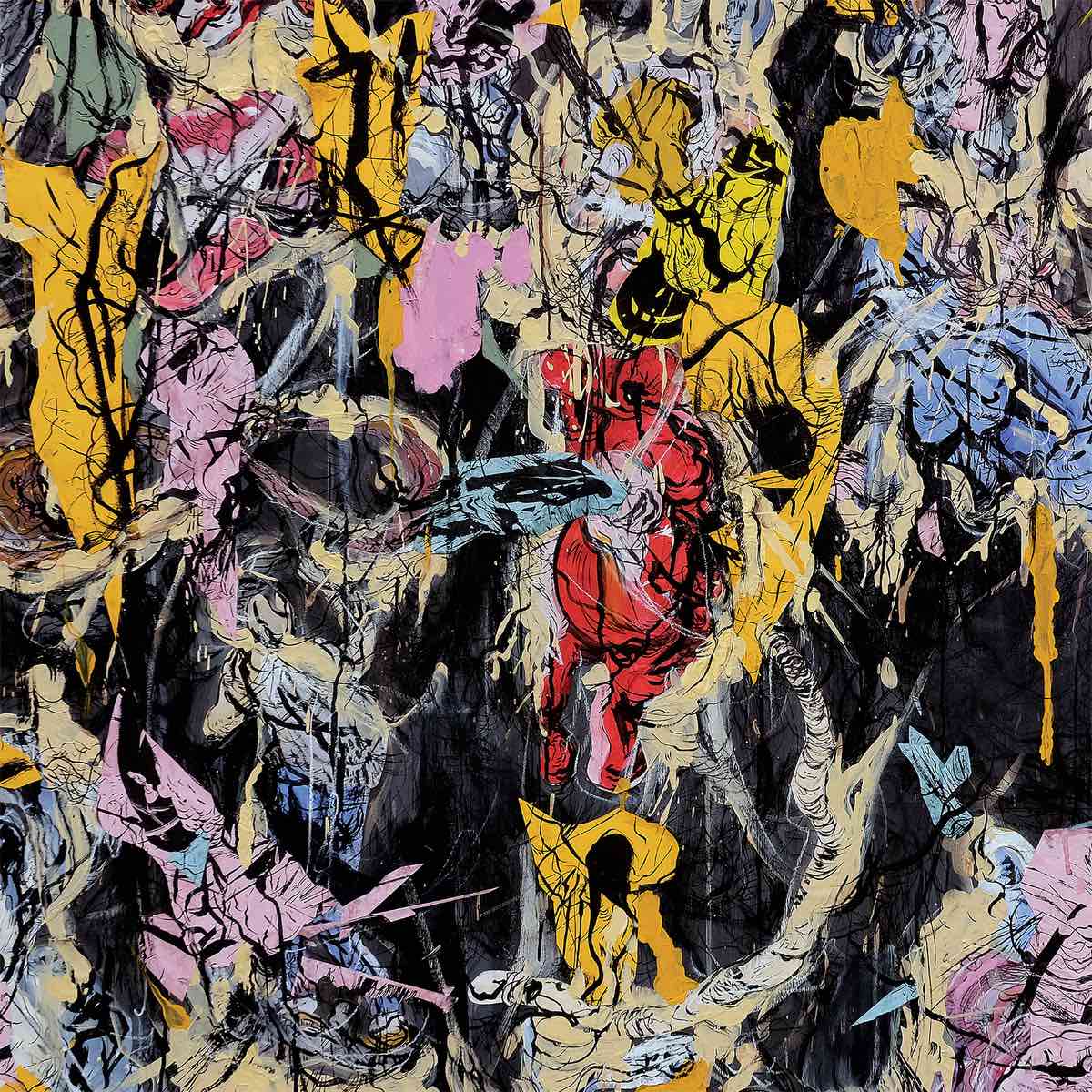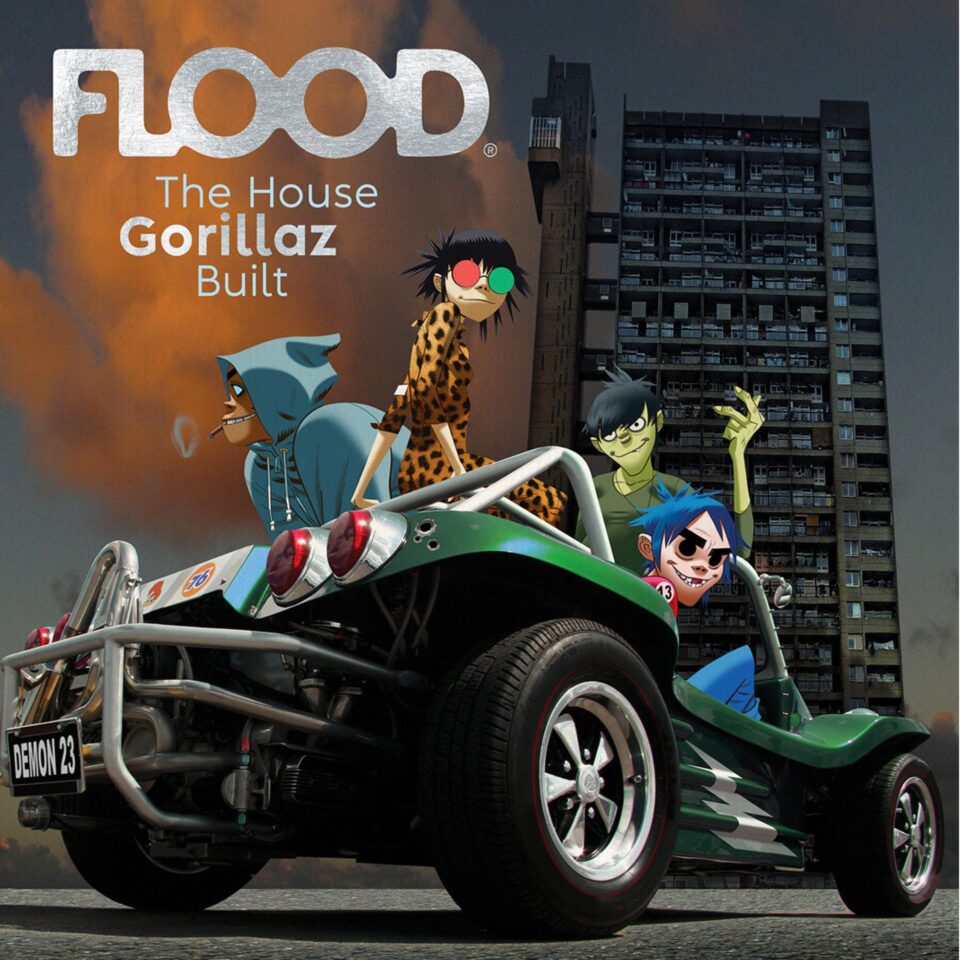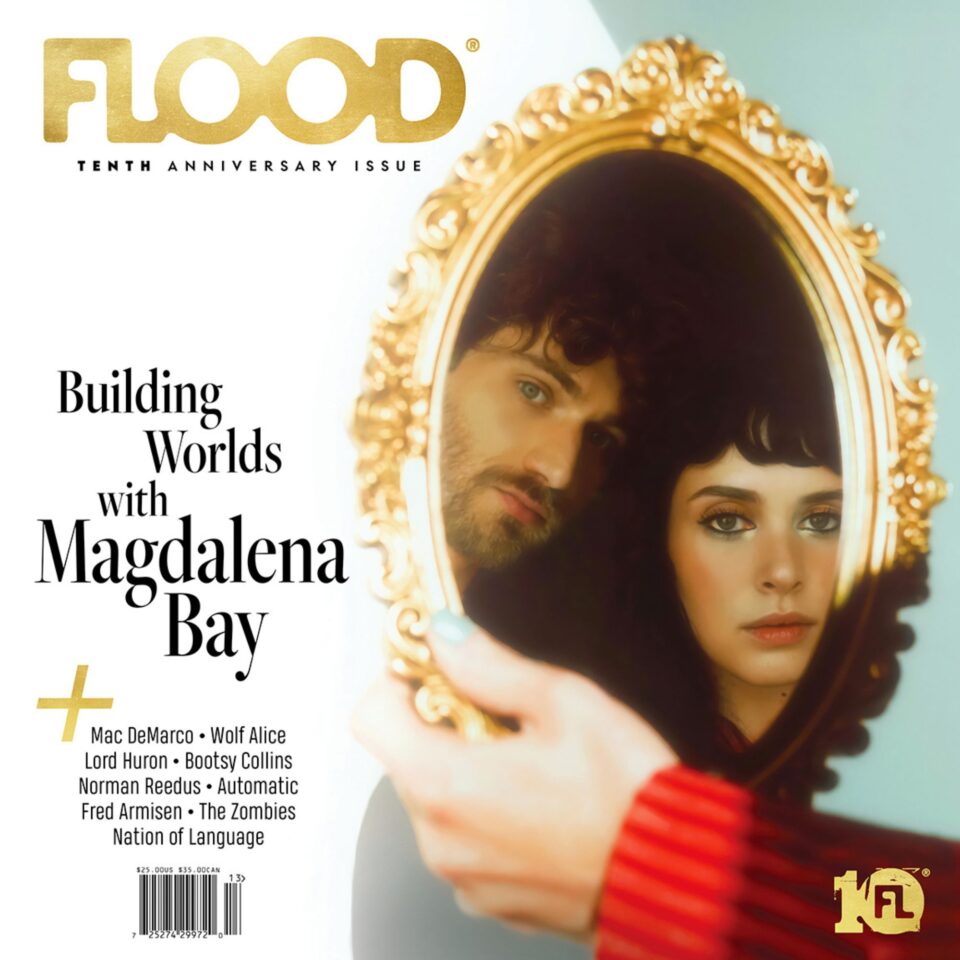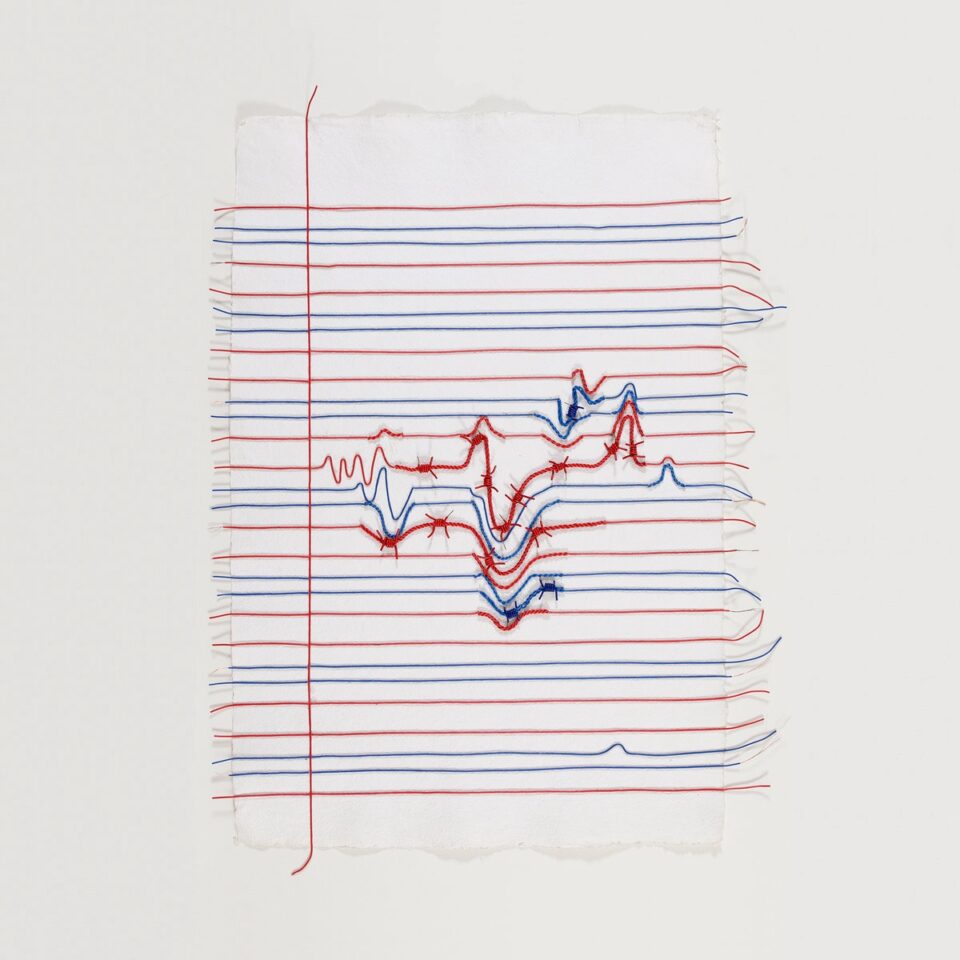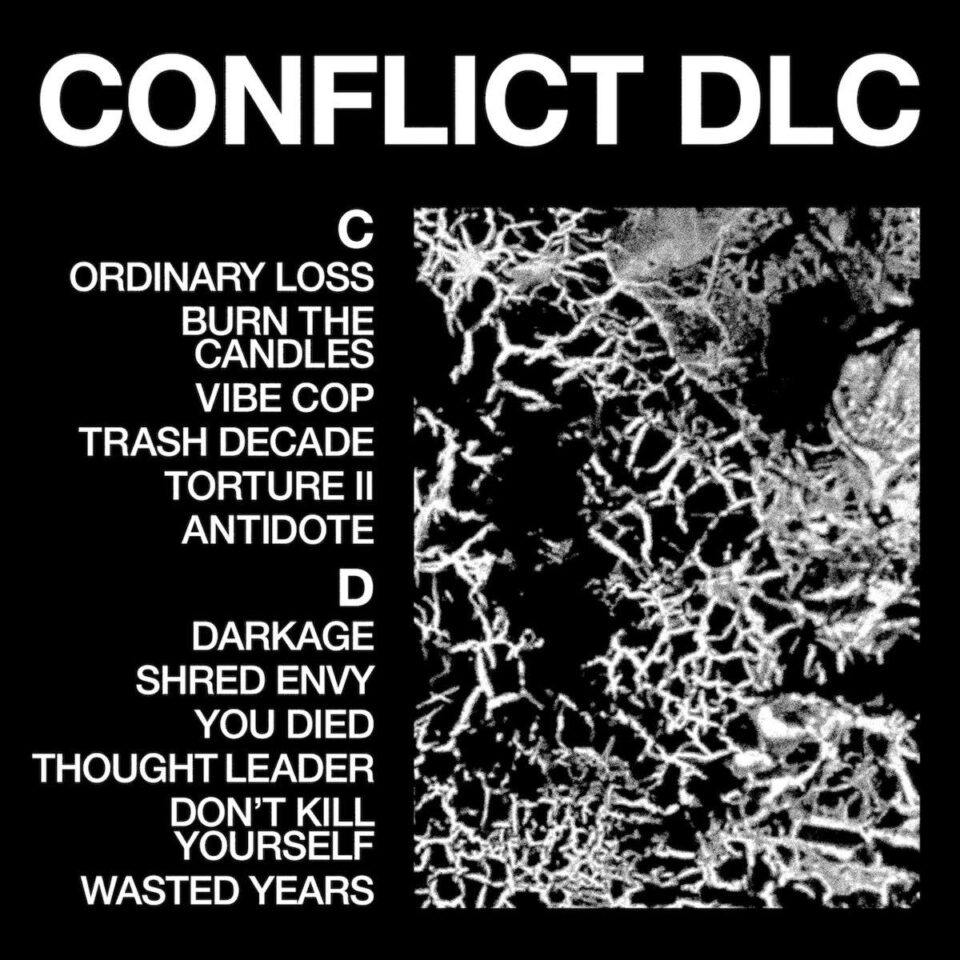SUMAC & Moor Mother
The Film
THRILL JOCKEY
One remix simply wasn’t enough for SUMAC and Moor Mother. On the heels of the latter’s reinterpretation of the former’s “World of Light” in late 2024, the post-metal supergroup and poet/musician have reconvened for a full-length collaboration. The two acts share a penchant for avant-garde composition, often exploring abrasive textures and deconstructing rhythms within their respective works. The Film showcases the best of this shared style, stitching Moor Mother’s potent oratory chops through SUMAC’s free-form approach to metallic sonic spaces to create an epic concerning human rights, violence, and empire.
As its title suggests, the hour-long work is meant to be experienced in whole—“a moment outside of the convention” of dopamine hits and hyper-consumerism, as Moor Mother described it. From the outset of “Scene 1,” The Film syncs your breath with its disorienting metal textures, creating space for Moor Mother’s thunderous prose to roll in. Reckoning with racist institutions that sold “a lie that was never true” and “took centuries to apologize for enslavement,” Moor Mother dictates brutal histories that any citizen of a colonial project will be immediately familiar with. “Scene 2: The Run” quickens the pulse of your heart with SUMAC’s flittering guitar distortions and lurching bass. One last breath of “I was running” fades into the dark skies coalescing overhead; a final torrent has arrived. Fried vocals repeat screams of “sky is falling,” “blood,” and “red” while a deafening metal soundscape rains down from SUMAC. It’s an overwhelming display of musical force, driving home the pressure of escaping the destructive systems empire is built upon.
A rumbling interlude haunted by the angelic soprano of Candice Hoyes gives you time to breathe before the next scene is ushered in. “There will be blood in the way of our dreams,” whispers Moor Mother at the outset of “Scene 3”—a prophetic introduction made clear through claims that “all countries vote on how long we live and how long we die,” and that “they dropped an atomic bomb on our memories.” A climaxing three-chord progression drives home the urgency of the moment before the beaming notes of “Scene 4” take over. Repeated echoes of “nobody told me” interplay with notions of love, peace, hatred, and space-time as guest vocalist Sovie’s discordant melodies float in the background ether provided by SUMAC’s noise collage. Eerie as the soundscape is, there’s something comforting about the floating hum of nothingness, especially when compared to the cathartic rage encountered thus far.
Perhaps the most important moment of The Film is “Camera”: “Let the camera do the talking,” Moor Mother commands as she implores that we “don’t look away” atop nearly nine minutes of slashing guitar backing. “I don’t know what else to write” drives home the plea to bear witness to the horrors being committed by genocidal regimes against civilians. Images derive power from witnessing; to let the camera do the talking is to let these scenes of horror be comprehended by those too far away to feel the direct effects. In an era where the ability to watch Israel’s relentless genocidal bombing of Gaza is at our fingertips, Moor Mother demands that we do so. They lay out their dead—the least we can do is bear witness to their suffering and acknowledge their pain.
“The Truth Is Out There” marks the last transition in The Film. A mesmerizing array of synths flash through like a meteor shower as the titular refrain hums in the background. Brief silence follows before “Scene 5: Breathing Fire” roars into focus with a wall of sound. “But what do we return to?” asks Moor Mother repeatedly before rolling into prose about time, space, meaning, and Earth itself. Instrumentals explode in the background as the intensity picks up; prose on violence erupts from Moor Mother as she warns us to “take off running,” this time with increased urgency and fire. SUMAC devolves into instrumental freedom reminiscent of interpretive jazz, providing a texture not dissimilar to a creaking building frame during an earthquake. Worlds are created and destroyed as the electric guitars fight to close the black holes opened by the synths.
It’s an otherworldly listen that dissolves as the last black hole is closed, leaving a haunting patter of cymbals to play cat and mouse with Moor Mother’s final breaths. As the last tendrils of smoke linger in the form of a soft-picked guitar outro, the weight of The Film settles deep in your heart. SUMAC and Moor Mother have opened a galactic door to the truth, imploring us to bear witness to what’s inside.

